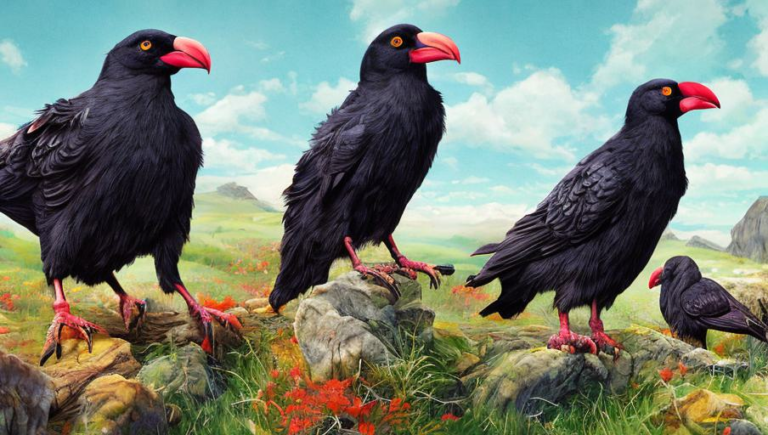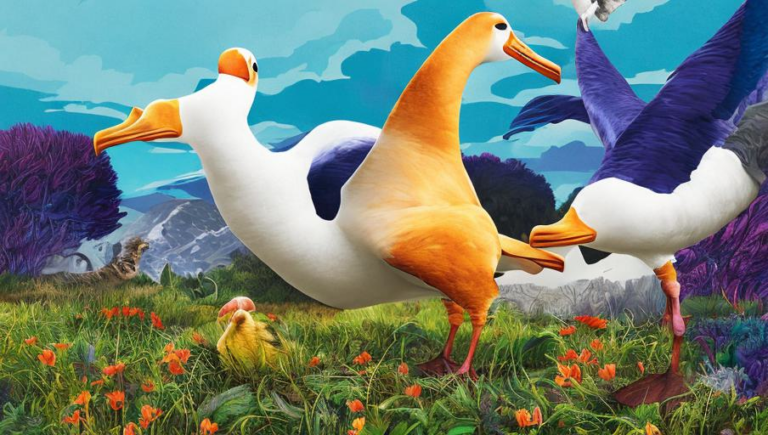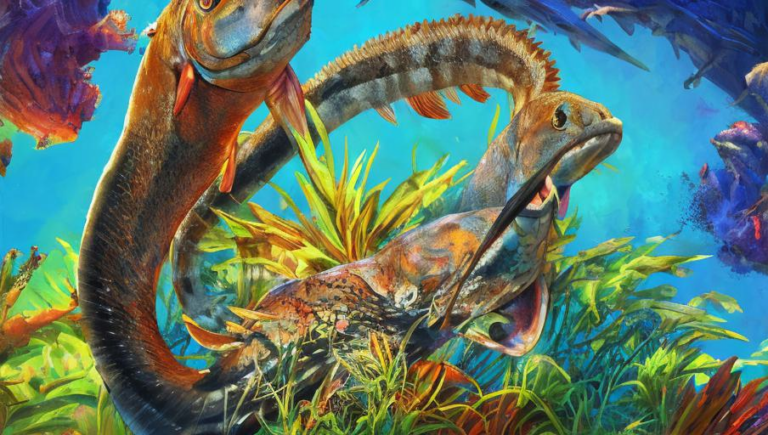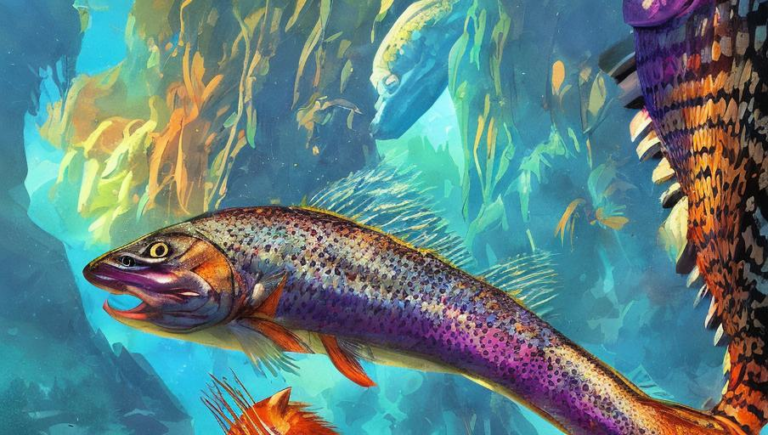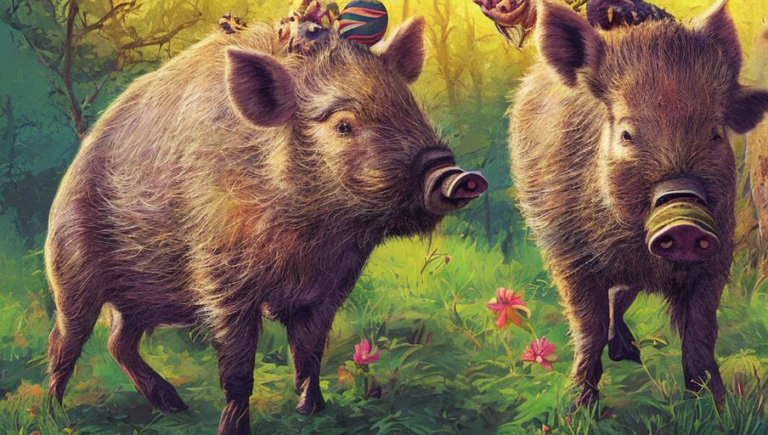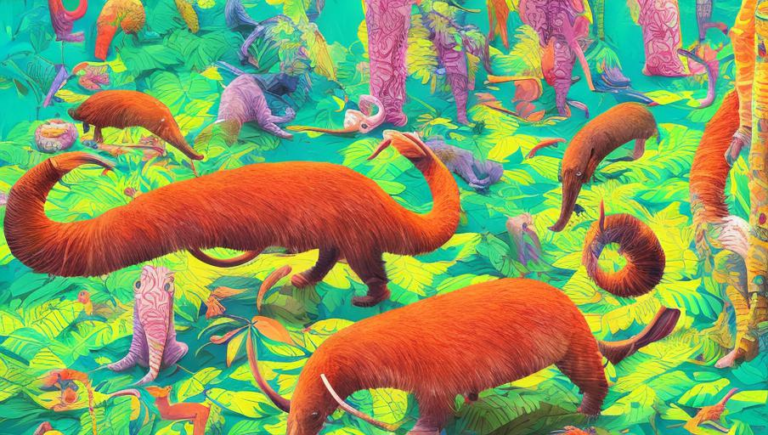Guarding the Herd: The Role of Cattle in Human History
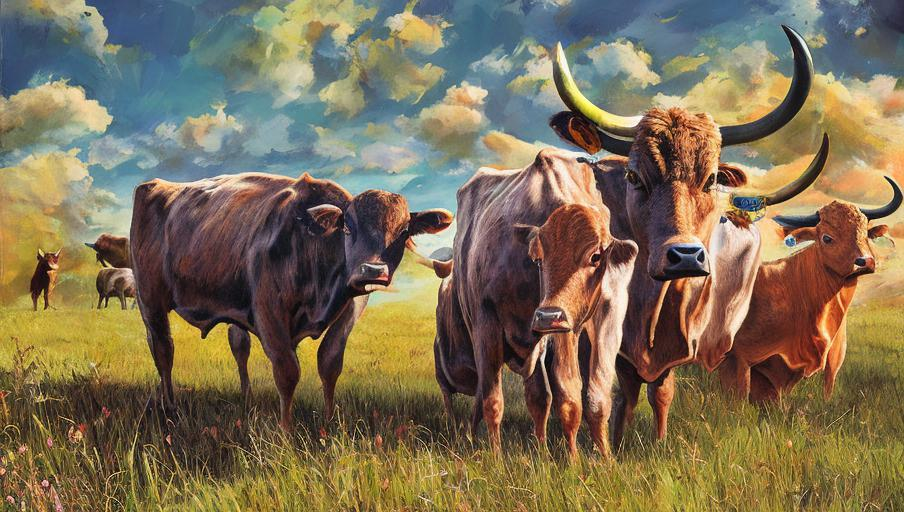
Introduction
Cattle have been an integral part of human history for millennia. They not only provide us with food and other resources, but they also play a large role in culture and religion. From the ancient Egyptians to the modern-day ranchers, cattle have been a source of sustenance, companionship, and even worship.
Domestication and Agriculture
Cattle were first domesticated around 8,500 BC, making them one of the first animals to be tamed. They provided a reliable source of food, as their meat and milk could be harvested and their hides used to make clothing and other items. Cattle also played a major role in the development of agriculture, as they were used to pull plows and carts, and to help cultivate fields. This allowed humans to settle in one place and develop more permanent settlements.
Religion and Culture
Cattle have been part of many cultures and religions throughout history. In Egypt, they were seen as a sign of wealth, power, and fertility and were often depicted in art and sculptures. In Hinduism and Buddhism, cows are seen as sacred animals, and are revered for their ability to provide nourishment and sustenance. In Judaism, cattle were used in the sacrificial rituals, and in the Christian tradition, Jesus was said to have ridden a donkey into Jerusalem.
Modern Uses
Today, cattle are still an important part of our lives. They provide us with meat, milk, and other dairy products, and their hides are used to make leather products. Additionally, they are used to pull plows, carts, and other farming equipment, and their manure is used as fertilizer. They are also used in rodeos, bullfighting, and other entertainment, and some are kept as pets or companions.
Conservation Efforts
Despite their many uses, cattle are also threatened by environmental factors such as habitat loss, climate change, and overgrazing. As a result, conservation efforts are being made to protect these animals and their habitats. Organizations such as the World Wildlife Fund and the International Union for Conservation of Nature are working to preserve cattle populations and their habitats. Additionally, ranchers and other landowners are making efforts to manage their lands in a sustainable manner and to reduce their negative impacts on the environment.
Conclusion
Cattle have been an important part of human history for millennia, providing sustenance, companionship, and even worship. Today, they are still an integral part of our lives, providing us with food, clothing, and other resources. Despite their many uses, they are also threatened by environmental factors, and conservation efforts are being made to protect them and their habitats. As we continue to learn more about these animals, it is important that we take steps to ensure their survival.
